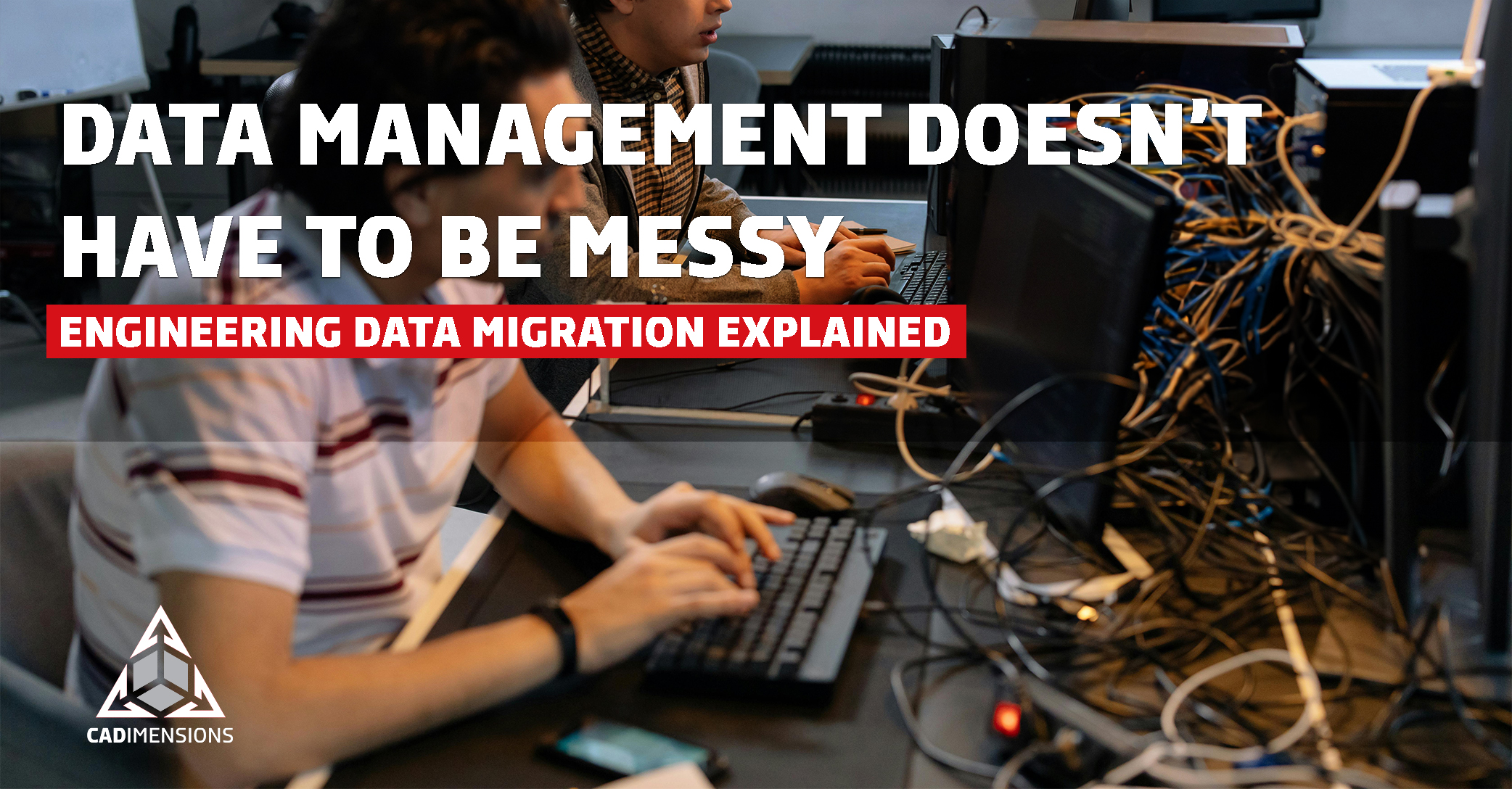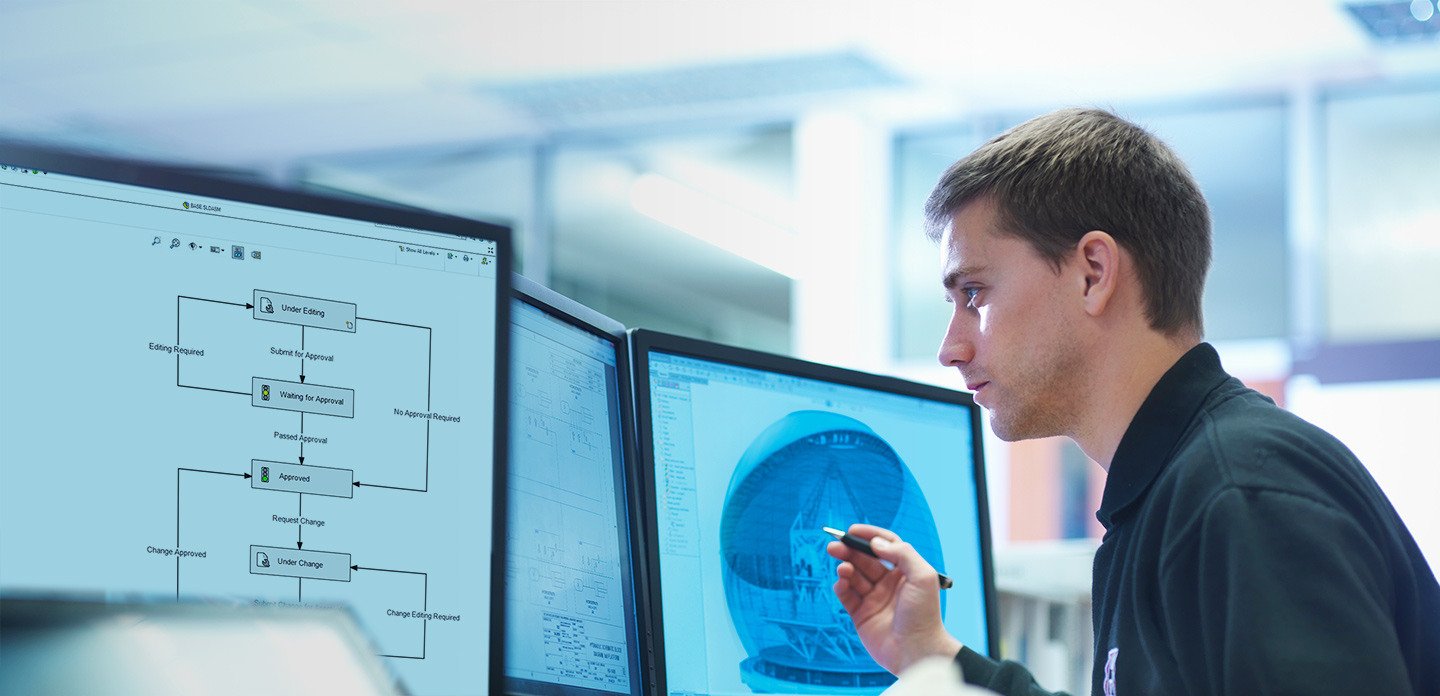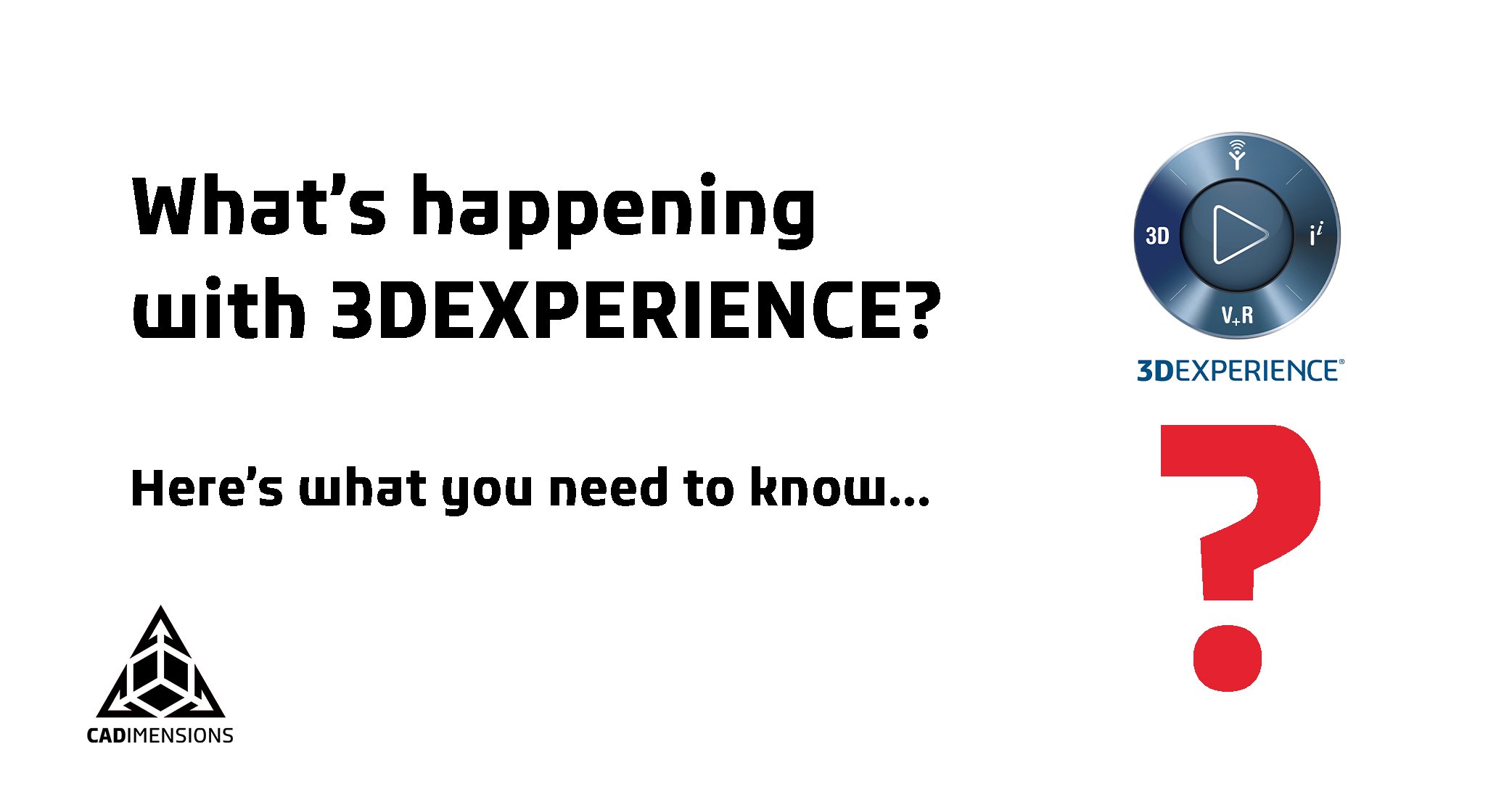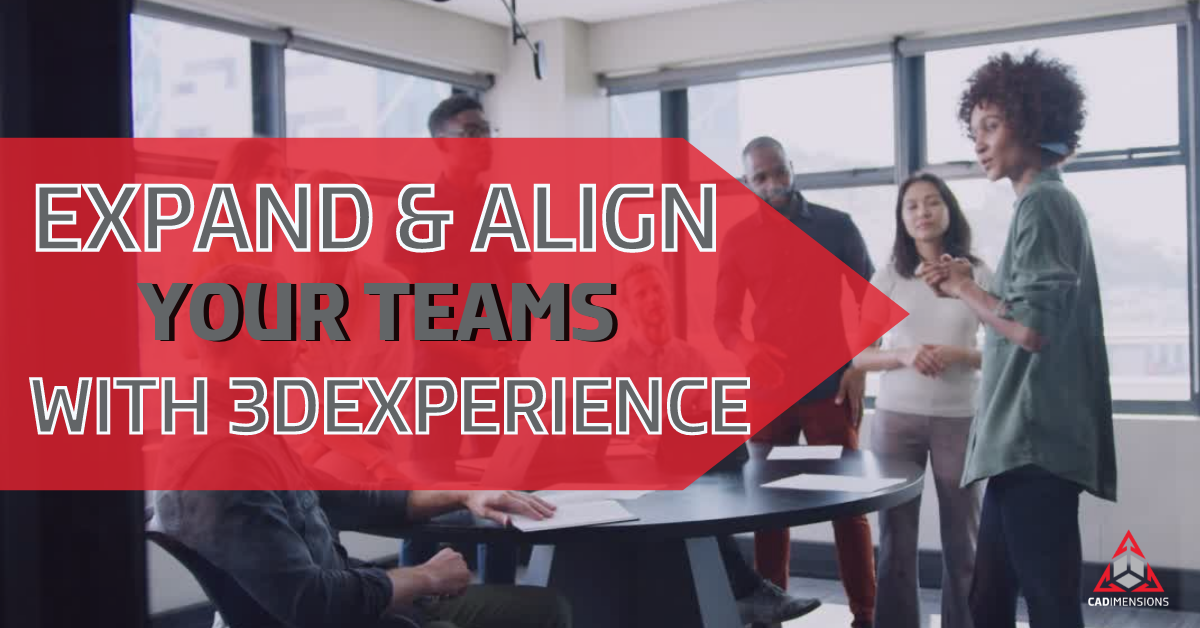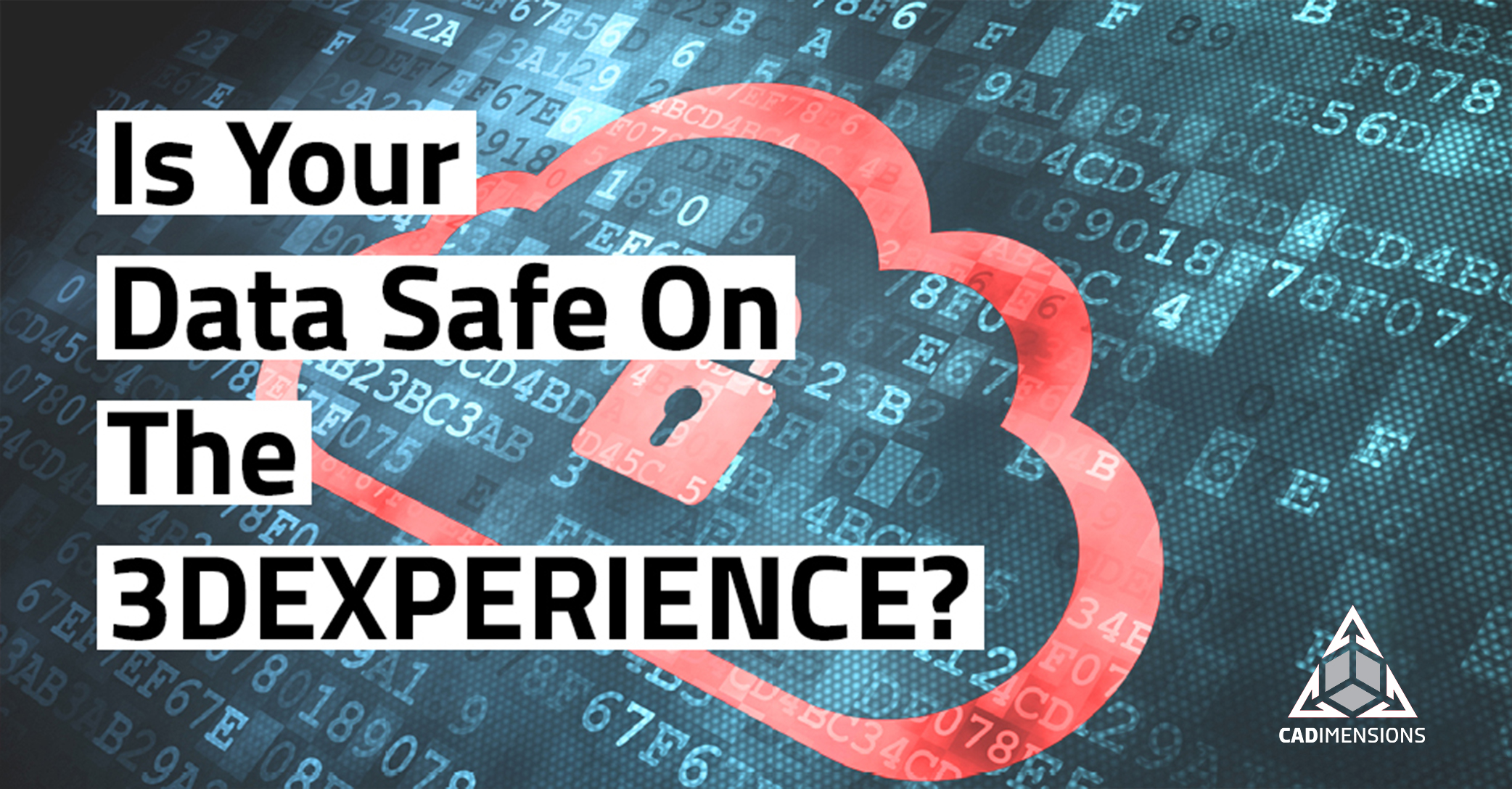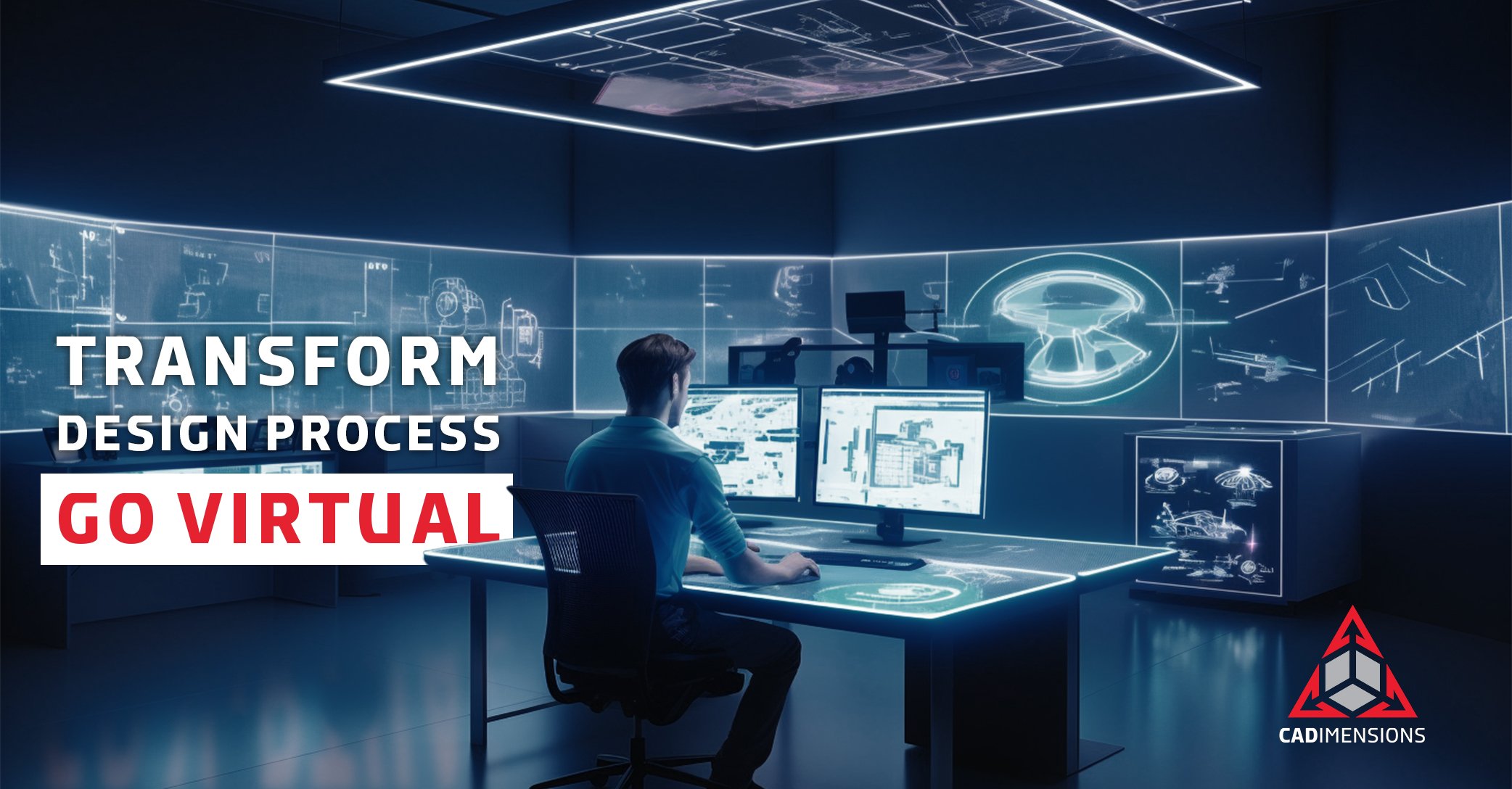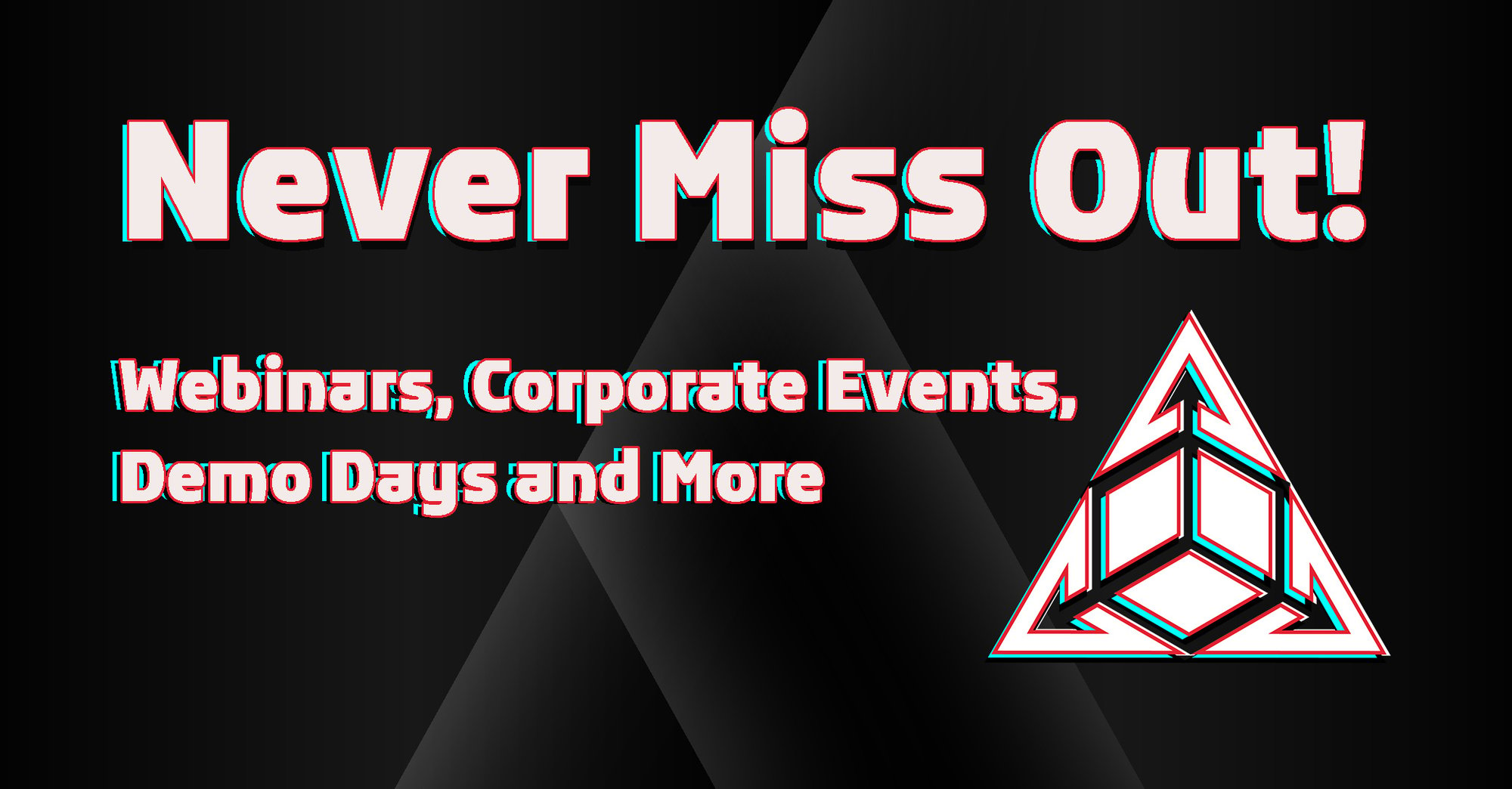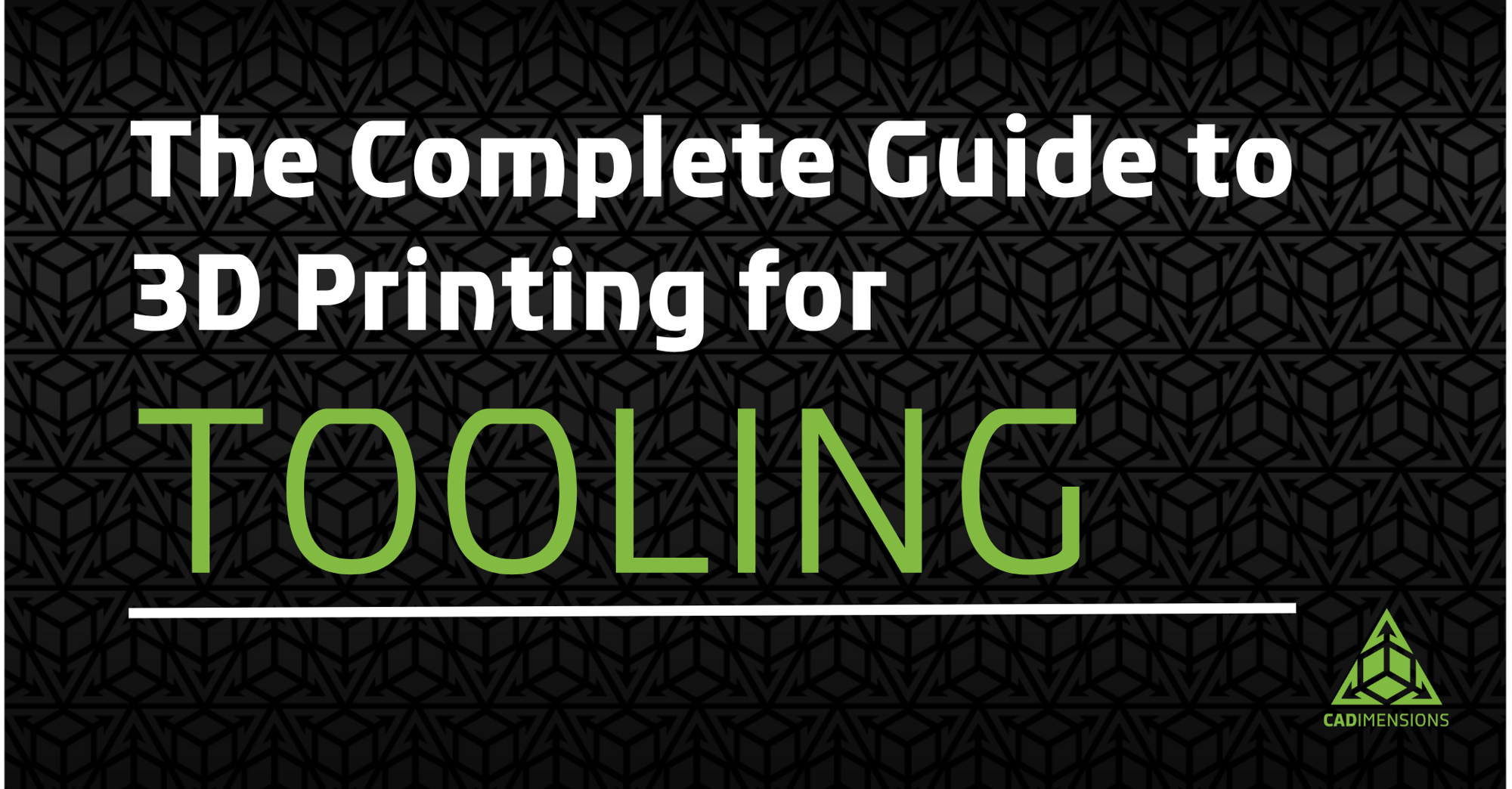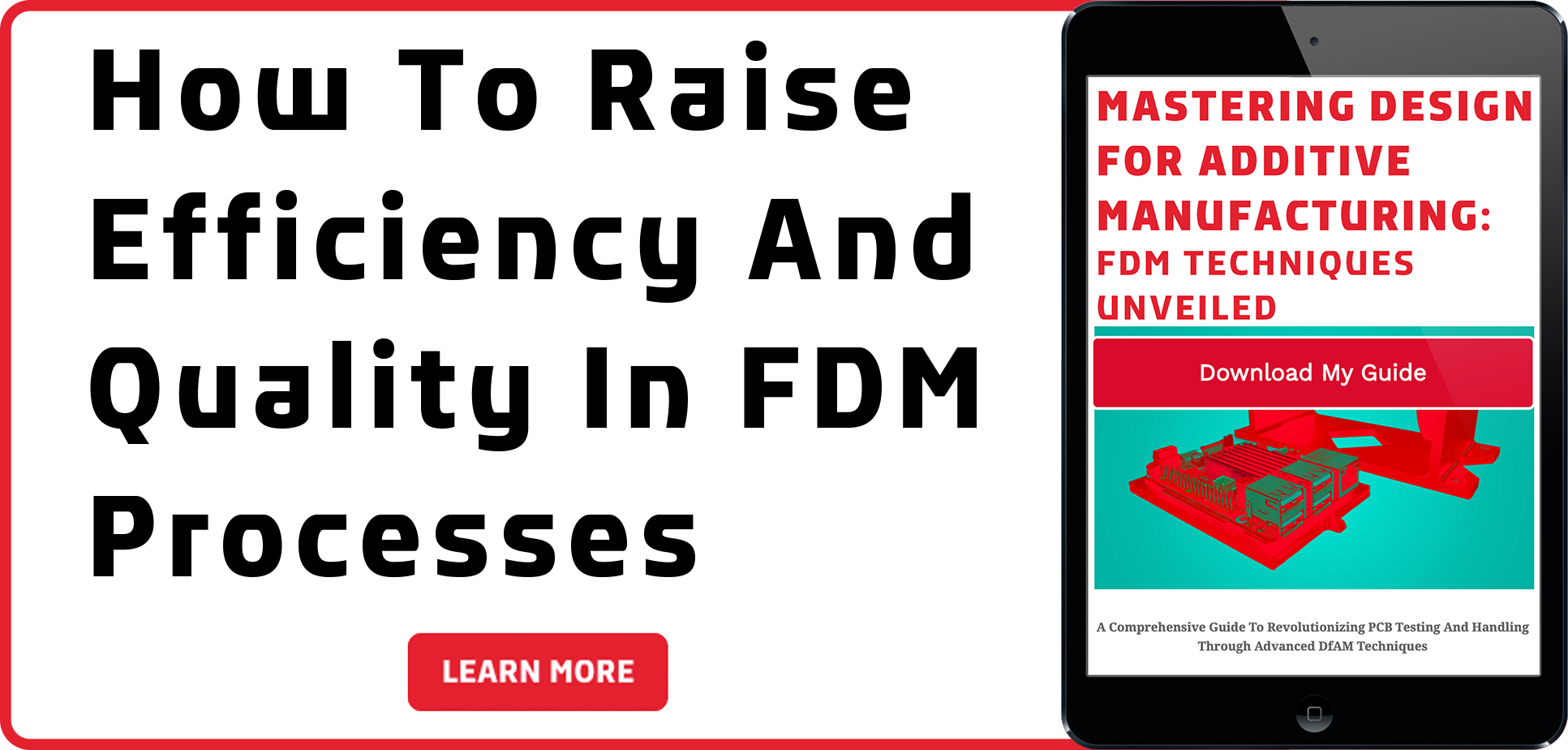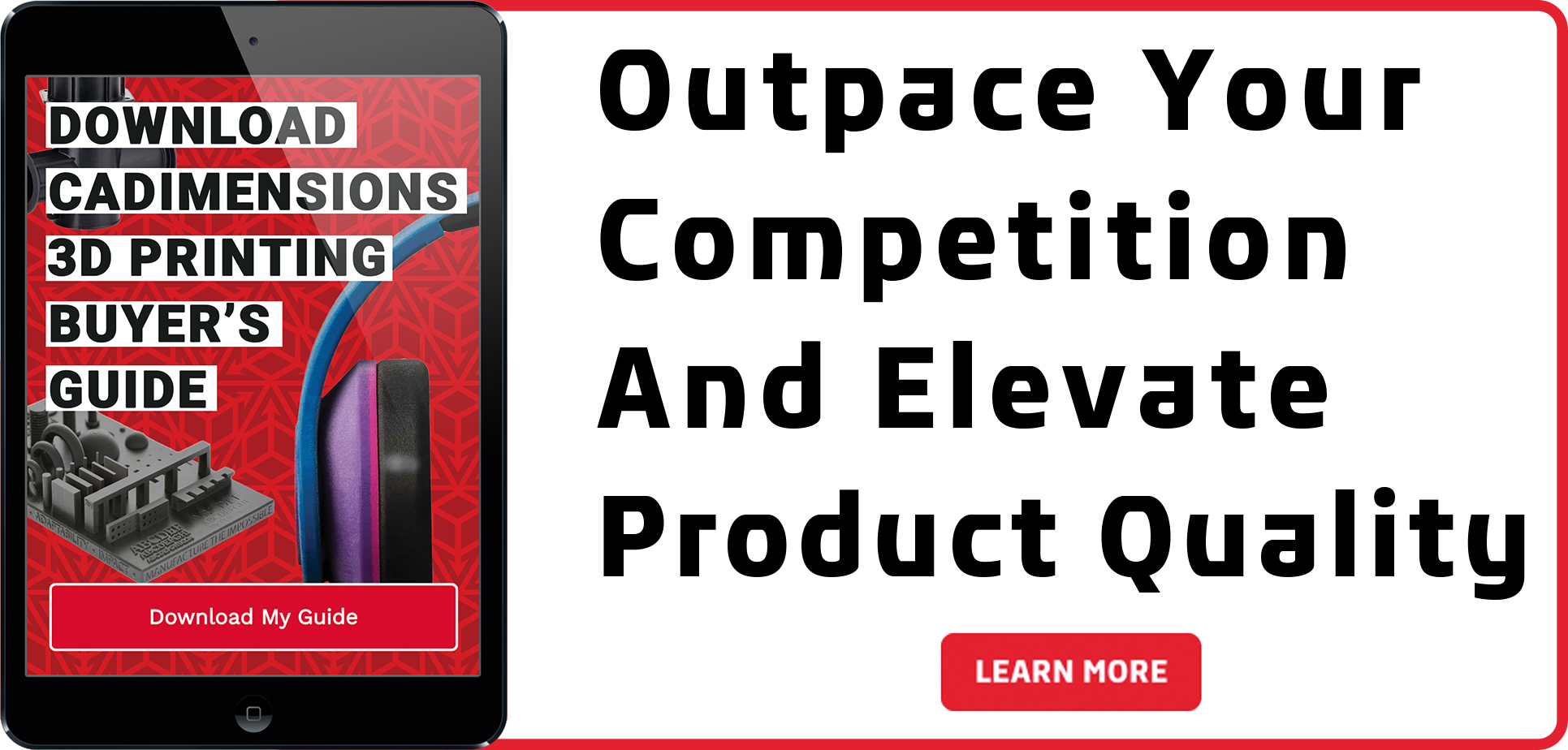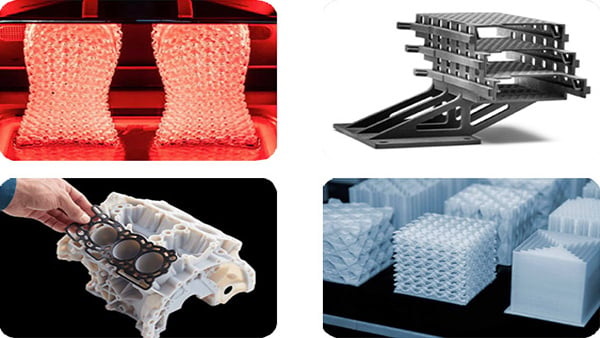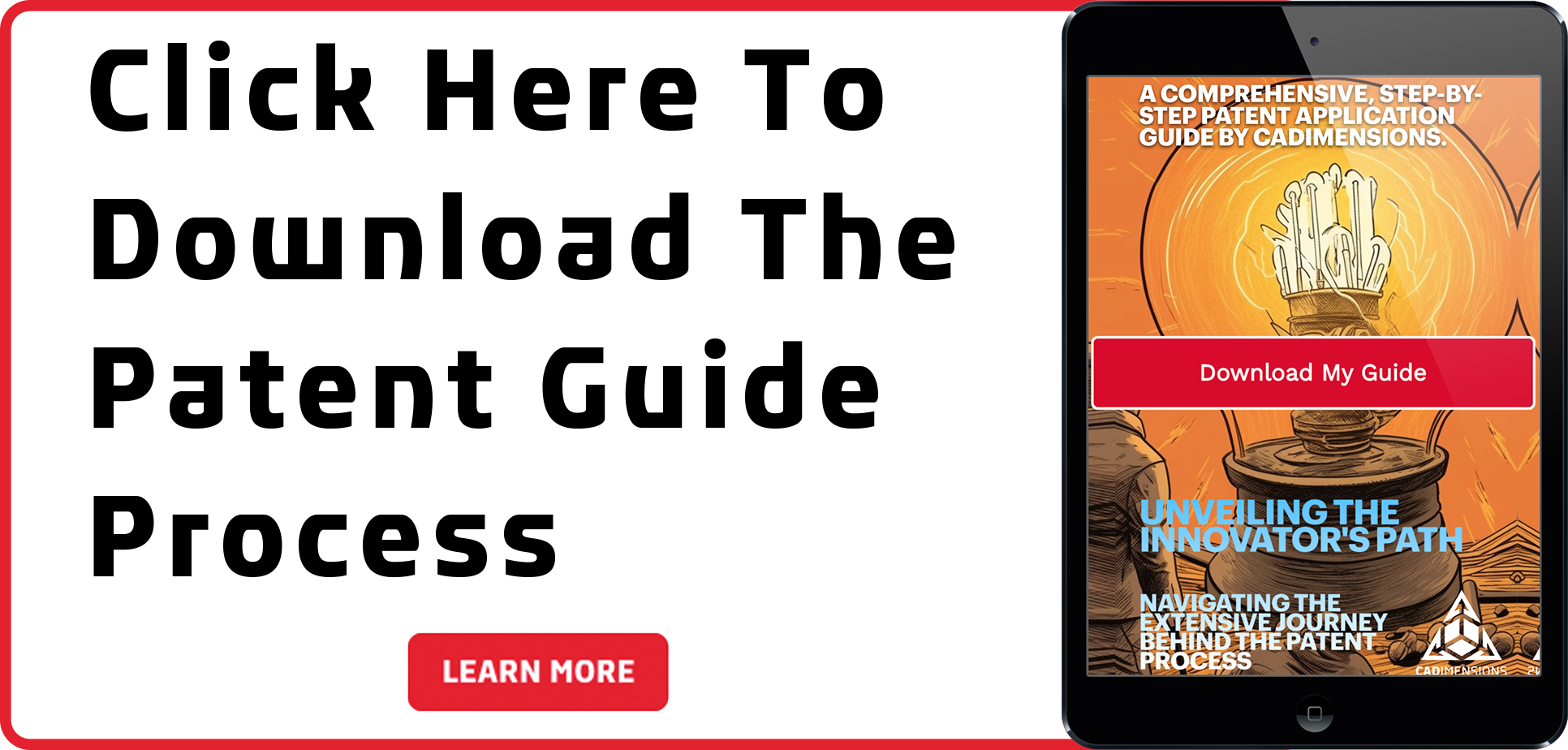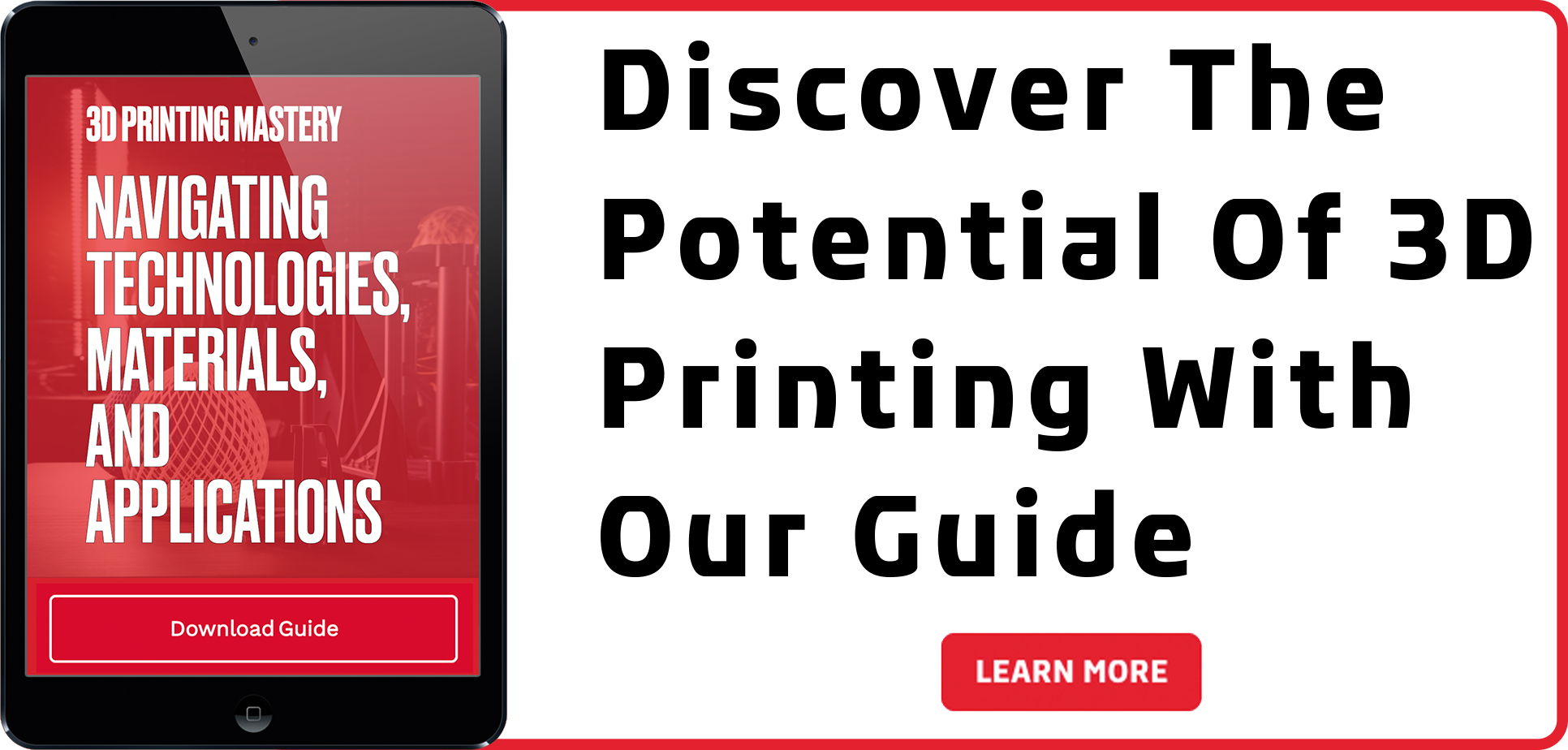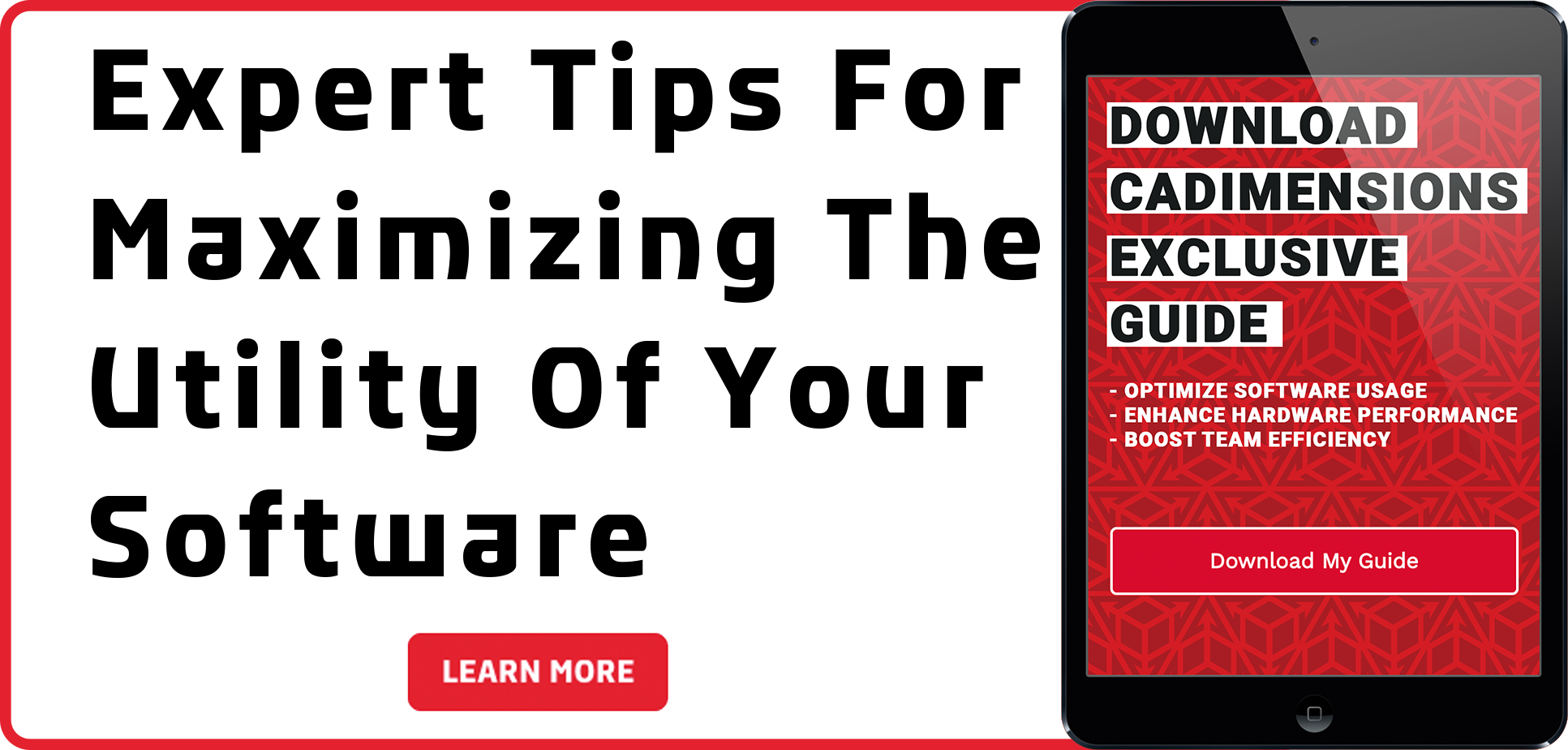Engineering Data Migration Explained: A Proven Approach for SOLIDWORKS PDM & 3DEXPERIENCE
Are you considering moving your CAD files and supporting engineering documents into SOLIDWORKS PDM or 3DExperience Platform? Maybe the files are stored in directories within Microsoft Windows, or they are still managed in SOLIDWORKS Workgroup PDM. Sometimes engineering data is simply stored in a relational database management system (RDBMS) like Microsoft SQL Server, MySQL, or Microsoft Access to name a few. If any or all conditions persist, then CADimensions has almost two (2) decades of experience migrating customer’s engineering data using various technologies and techniques. The goal of this blog is to explore our various migration processes.
Data Migration Requirements
Data migration is the process of transplanting binary data from one computer storage system to another. Customers choose to move the data for various reasons, such as outdated computer equipment, unsupported software applications, business/department mergers, process improvements, or changing from on-premises to cloud-based storage environments, such as SOLIDWORKS PDM Standard or Professional editions to 3DExperience. In all cases, the migration process has the following stages:
- Planning: This phase essentially develops the project scope requirements and aligns the goals to the interests of all stakeholders involved. CADimensions' pre-sales department will evaluate what data, type of, and quantity needs to be migrated, examine source and target environments, consider unknowns, determine necessary resources, and estimate total cost, including timeline.
- Design: This stage utilizes the principles of ETL (extract, transform, and load). Extraction is the process of getting the data out of the source system. Extracting data can be either a manual or automated process, depending on the type of data and where it is located. The transformation phase involves data manipulation, mapping, and structuring the data so that it conforms to the rules and requirements of the target system. Lastly, loading is the procedure of copying/moving the data into the destination location.
- Execution: The work is performed by applying the principles of ETL and adherence to the project scope. There are several approaches to migration during this stage:
a. Transfer all the data once.
b. Migrate the files as needed over time or in batches. - Testing/Validation: CADimensions is very critical for providing world-class quality service for all our customers. We understand that all customers’ data is extremely valuable. Our services team will periodically review the accuracy and quality of the migration. If there are issues, then quick resolution is achieved throughout this phase. The consultant will either manually or include validation in the custom software applications and technologies used.
- Post-Migration Audit: A final review of the customer’s data is performed. We reinforce acceptance by meeting the customer to review, qualify, and approve that the data transfer has met the expectations of the project scope.
CADimensions works with many different customers involved in various manufacturing arenas. Some customers have highly strict security policies and restrictions that must be followed. CADimensions will respect and faithfully uphold all security requirements for our customers within the specifications written in the approved statement-of-work (SOW).
Migration Types
There are different classifications of migrations, such as application migration (SOLIDWORKS Workgroup PDM to SOLIDWORKS PDM Standard), database migration (merging one or more SOLIDWORKS PDM vaults into a main SOLIDWORKS PDM vault), storage migration (file server to Network Attached Storage (NAS)), and business process migration (merge other departments processes and/or settings within a single vault). Below is a general outline of the different types of migrations.
1. Basic SOLIDWORKS PDM, SOLIDWORKS Electrical, and/or SOLIDWORKS License Server Move
This type of project is mostly performed manually, and the timeline is typically very short. The work is done in two phases: set up SOLIDWORKS PDM, SOLIDWORKS Electrical, and/or SOLIDWORKS License Server on the target computer and go-live. Most of the work is done during the initial setup on the target machine and takes the most time. The go-live stage is done in less than one (1) day because minimal downtime is expected. If the license server is moving, then the software is only installed on the new server, and the licenses are not activated until the scheduled go-live day.
2. SOLIDWORKS PDM Configuration Transfer
Companies change with time. Often, departments split up or merge; therefore, processes change, and people shift roles. This type of company transformation often requires alterations to the SOLIDWORKS PDM setup. The results of department realignment might mean reworking folder structures, modifying permissions, and moving parts of workflows around. In extreme cases, work might be necessary to move settings to an entirely separate vault. CADimensions has the expertise and years of experience working with numerous different customers and situations to offer the best suggestions for both processes and PDM setup. We will also facilitate any changes. All work is manually done, and timelines fluctuate depending on the customer’s needs.
3. Data Move
This option is like item one (1) described above. Instead of moving the entire application and the data to a new server, we are enlisted to move only the data. In rare cases, hardware fails, drives fill up, and companies face a cyber attack. This problem can affect SOLIDWORKS PDM, SOLIDWORKS Electrical, or simply engineering data stored on a server drive. Any relocation of files will generally affect application configuration requirements. If the problem is directly related to drives filling up or hardware failure, then CADimensions will utilize out-of-the-box tools to transfer the data, and the turnaround time is relatively quick. If the customer is attacked by ransomware, then this can be a very complex problem to solve, and the timeline is typically much longer. CADimensions is here to help overcome all these various challenges.
Did You Know: “The average total cost of a data breach in 2023 was $4.45 million.”
— IBM Cost of a Data Breach Report via Varonis
CADimensions and Advance2000 deliver a fully loaded, U.S.-based private cloud that’s engineered for engineers. CLICK HERE to see what enterprise-grade security, airtight compliance, and virtual machines with serious capabilities could look like for your business.
4. Relocate Data From a Database Into SOLIDWORKS PDM
Do you have a legacy database system or PDM system (not SOLIDWORKS or Dassault Systèmes product)? PDM systems have been around since the 1980’s and many were homegrown. Over the years, CADimensions has developed customized and creative solutions to transfer data from databases into SOLIDWORKS PDM. Due to the nature of these project types, they are highly complex and require computer programming leveraging the various SOLIDWORKS APIs. The higher the complexity, the longer the lead times.
5. Merge Data Into SOLIDWORKS PDM
This option is like item four (4) described above. The difference in this solution is related to SOLIDWORKS PDM data cards. Customers have maintained information in Microsoft Excel files, Microsoft Access, or other database systems. Often the data is related to the customer’s ECN/ECO process. CADimensions has developed solutions to copy the data from the source system into the file and/or folder data cards stored in SOLIDWORKS PDM. This project type generally requires a combination of programming and leveraging out-of-the-box software applications provided by SOLIDWORKS. Pending on the customers’ requirements and their source system, the complexity of the project may result in longer timelines.
6. Migrate From SOLIDWORKS Workgroup PDM Into SOLIDWORKS PDM Standard Or Professional
If you have SOLIDWORKS Workgroup PDM and would like to transfer files and data into SOLIDWORKS PDM Standard or Professional editions, then please contact us. CADimensions has successfully migrated numerous customers from Workgroup to SOLIDWORKS PDM for well over a decade. The process involves the use of very mature and rock-solid tools provided by SOLIDWORKS. The project timeline depends on the quantity and quality of the data. Most projects are completed well within a month.
7. Migrate From Windows File System To SOLIDWORKS PDM Standard Or Professional
Projects of this caliber are much like item six (6) above. In fact, the same tools are leveraged. The main difference is the files are stored in a Windows file management system. Any challenges are typically associated with file references and the quality of data. Lead times vary extensively based on the conditions of the data. CADimensions will request the opportunity to analyze the data using a well refined analysis tool provided by SOLIDWORKS during the planning stage. The output from this analysis tool is a very concise and highly accurate report.
8. Migrate From SOLIDWORKS PDM To 3DExperience
Are you planning to make the leap to the most advanced and powerful cloud-based technology by Dassault Systèmes called 3DExperience? CADimensions is now offering migration solutions to the 3DExperience platform. SOLIDWORKS has several different tools to leverage for this activity. The process can be manual by nature or more automated pending on what type are files are migrated and the quantity. The automated technique does require more focus on the extraction and transformation elements of the ETL paradigm. In some cases, custom programming might be required. The total time to complete this type of project varies broadly because of the diverse technologies and state of the files. CADimensions is your total solution partner, and we ensure your success with the 3DExperience platform both before and after migration.
Closing Thoughts
CADimensions consulting team is highly skilled, well-rounded, and very passionate about supporting your success. We have been assisting customers’ engineering data migration needs for almost two (2) decades. Our consultants have carefully managed many different types of file migrations and treat all projects with the highest level of security possible. We will firmly uphold special security requirements too.
It is important to understand the framework for data migration. There are many stages to consider and help explain the complexity associated with these types of projects.
The goal here is to showcase the variety of data migration projects CADimensions offers, highlight some of the technologies used, and generalize the expected lead times. All customers and their data are unique; therefore, all data migrations are different and have special challenges to overcome. The result is understandably different timelines pending on the job.

